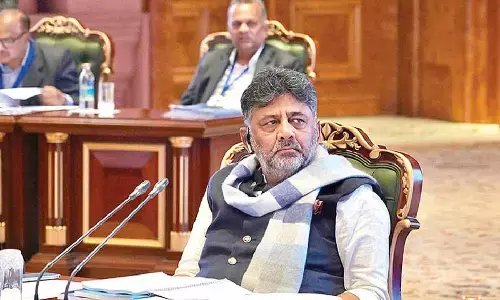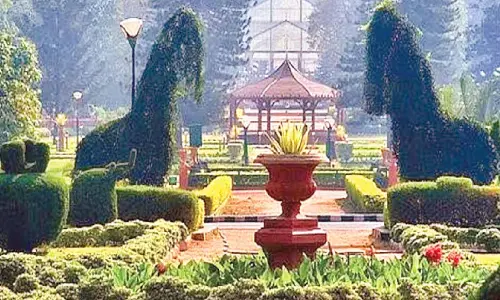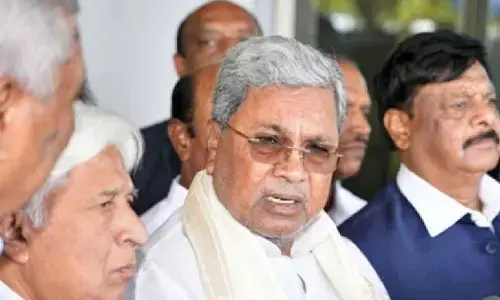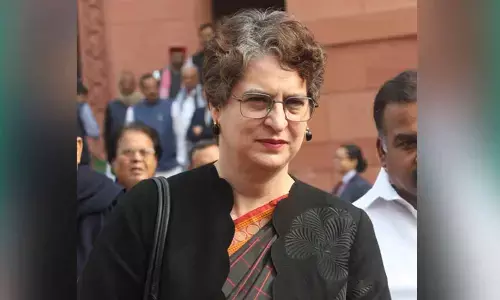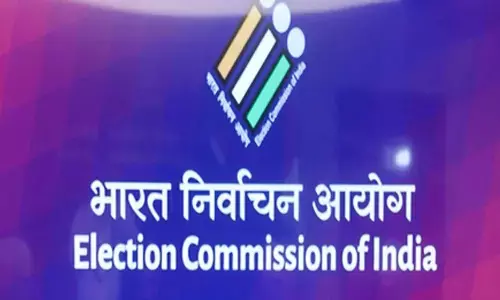Drugs and Road Initiative of Pakistan
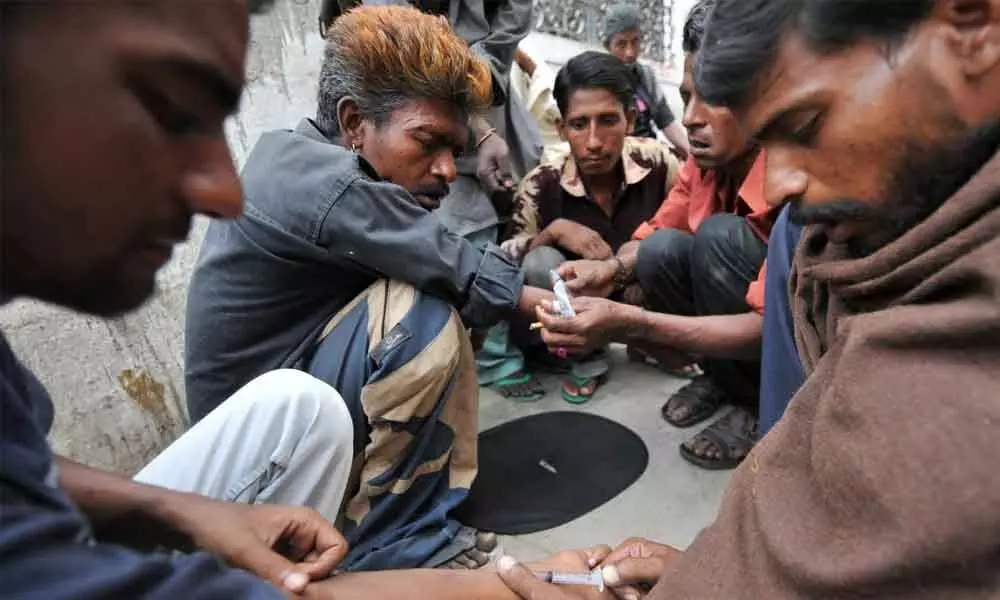
The IDSA (Institute for Defence Studies and Analysis) researchers have documented well how the ‘Golden Crescent’ has been the primary source of heroin and hashish being trafficked into India
Beware of Pakistan’s narco - terrorism, too
The recent haul of huge quantities of heroin from a port in Gujarat raised a hue and cry in the country. The fact that the port is owned by Adanis contributed significantly to the speculation and political accusations.
The problem of drugs and drug trade has a long history. The world's largest producer of opium and cannabis is just across the borders of India. This has made Indian borders vulnerable to the trafficking of heroin and hashish.
The United Nations has graphically tabulated the problem of India which is sandwiched between the 'Golden Crescent' region of Iran, Afghanistan and Pakistan and the 'Golden Triangle' of Myanmar, Thailand and Laos, which is the second largest producer of the opioids.
Let us take a look at the Bay of Bengal. The Bay of Bengal comprises 2,172 million square km of maritime zones impacting international trade and the livelihoods of millions of people in South Asia. However, criminal activity, such as illegal, unreported and unregulated fishing (IUUF), trafficking in persons (TiP) and smuggling of migrants (SoM), is rampant here, reports suggest.
Similarly, opioids produced in Central Asian nations are loaded onto dhows and transported through the Arabian Sea towards both West and East. In the East, they transit through South Asian countries, including India, Sri Lanka and the Maldives, to then reach further destinations. This is known as the Southern Route, a well-established maritime path for opioids smuggling in the Indian Ocean region.
To tackle this, UNODC's Global Maritime Crime Programme (GMCP) Indian Ocean East (IOE) Team is mandated to support Member States to build and strengthen their capacity in addressing and countering maritime crimes in the region, focusing on mainly Bangladesh, the Maldives, Myanmar and Sri Lanka.
Due to the challenges posed in the surveillance of vast maritime areas in the Indian Ocean where illicit narcotics are trafficked, GMCP convened the Southern Route Partnership (SRP) under the Indian Ocean Forum on Maritime Crime (IOFMC).
The SRP was created in 2016 and serves as an interactive space that encourages members of national drug enforcement agencies, donors, international organizations and partner agencies from Indian Ocean States to enhance international coordination, collaboration and cooperation in countering drug trafficking on the Southern Route.
Following a high-level ministerial meeting in Colombo, Sri Lanka, a Conference Paper titled "Drug Trafficking on the Southern Route and Impact on Coastal States" was published, serving as a baseline document to urge Member States in the strengthening of new and ongoing international endeavours among relevant national agencies to disrupt drug trafficking in the Southern Route. The UN research document tells us that drug production impacting Indian Ocean states takes place in the two main regions: the "Golden Crescent/Golden Triangle".
While heroin produced in the Golden Crescent is trafficked through the Southern Route, drug production in the Golden Triangle has shifted to methamphetamines, including Yaba, a highly addictive pill that combines methamphetamines and caffeine, smuggled into South and Southeast Asian countries. Yaba has become widely popular in Bangladesh, where the drug is trafficked into the country through the Naf River, a fluvial bordering area with Myanmar.
Earlier, the Balkan route was the preferred choice for drug trade but this was closed down during the Iran-Iraq war. It was then that the rerouting of drugs through India began. Apart from gold smugglers, criminals operating within India and from Pakistan mainly played a key role in the rerouting as they switched to the land routes. Punjab became a favourite playground for these criminals by the mid-1980s' and the Sikh militancy alongside the militancy in Kashmir became major contributors to the illicit trade later.
"Between 1983 and 1988, the amount of heroin seized increased from about 100 kg to 3,029 kg. Similarly, large quantities of hashish were also smuggled into India from Pakistan. Seizure figures show that trafficking of hashish has, on an average, demonstrated an upward trend since 1981. From 1985 the quantity of hashish being trafficked into India also increased, when 18,909 kg was seized in 1986".
The IDSA (Institute for Defence Studies and Analysis) researchers have documented well how the 'Golden Crescent' has been the primary source of heroin and hashish being trafficked into India. One of its reports says "this can be deduced from the fact that a substantial percentage of the total heroin and hashish seized in the country has been characterised as that of South West Asian (SWA) origin.
In the initial years, only half of the heroin seized was recognised as originating from South West Asia, but in subsequent years as heroin trafficking showed an upward trend, the percentage of South West Asian origin heroin also increased correspondingly".
However, as the drug trafficking trend registered a decline in the 1990s in India and the increased military presence along the Indo-Pakistan border following the December 2001 Parliament attack brought down the smuggling considerably.
Former Chief Minister of Punjab, Capt Amarinder Singh, has been warning the country of the dangers involved in the recent activity by Pakistani aided gangs. He has been particular about the drug trade and has been cautioning India about the menace orchestrated from our neighbourhood.
But, thanks to our idiosyncrasy, politics always trumps our view and no one bothers to look at the ground realities. So Amarinder's meeting with the Union Home Minister after stepping down as the Chief Minister, too was only politicised.
Even the Punjab and Haryana High Court had been told in the past that every third student and every third man in Punjab falls under the category of drug addicts. The problem here is that drug addicts also become conduits in due course for smuggling.
The border towns of Sahiwal, Rahimyar Khan, Sukkur and Khokhrapar have been key drug trafficking points from where the receivers in the Indian towns of Churu, Sikar, Kishangarh, Ramgarh, Barmer, Jaisalmer, and Anupgarh in Rajasthan too apart from Punjab towns of Gurudaspur etc.
The Lahore-Fazilka-Bathinda-Delhi route is also well known.It is a global war and not just India's, against drugs. Border States should not become pawns in the hands of politicians or used for blame-game.








